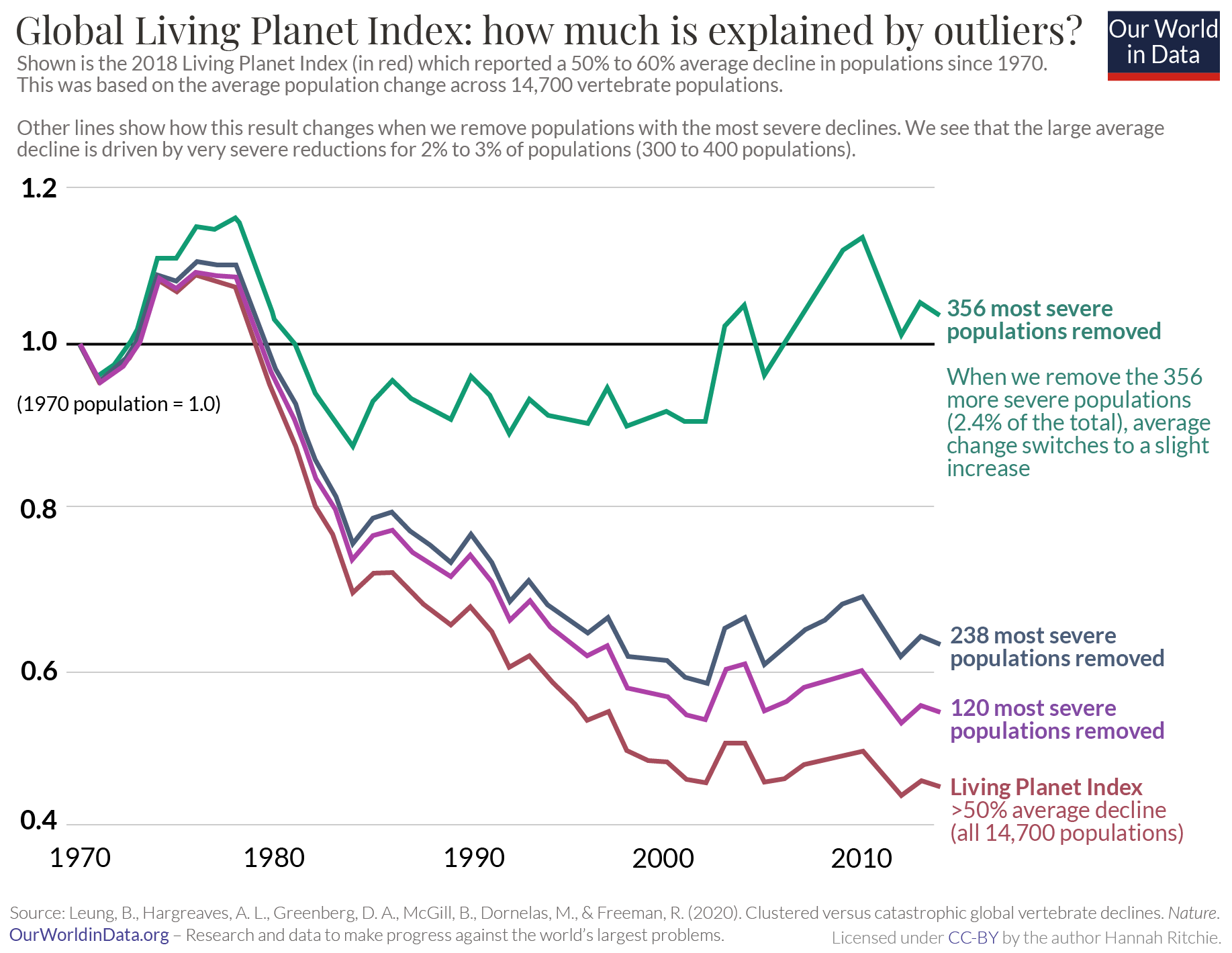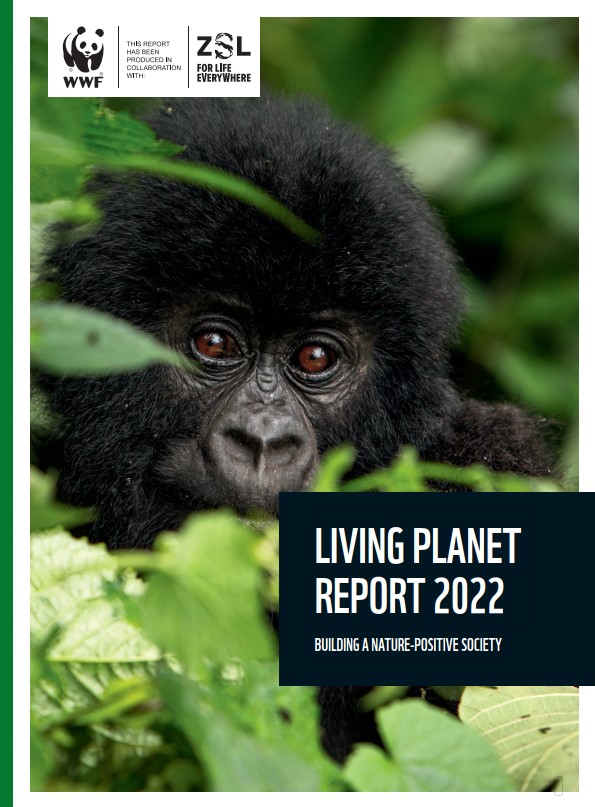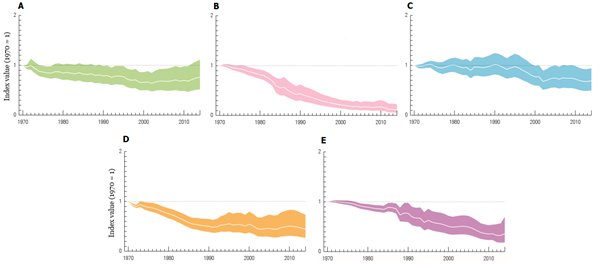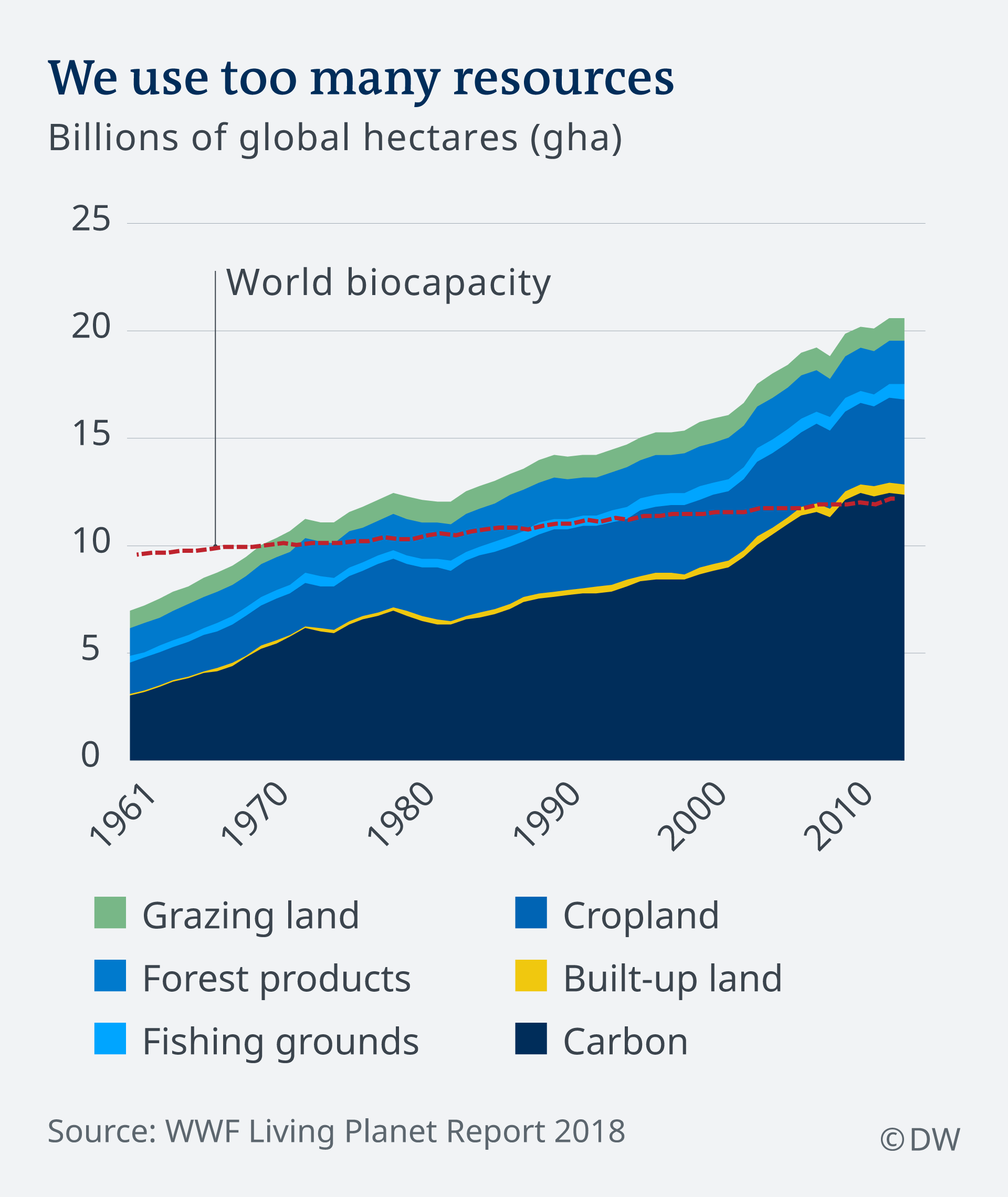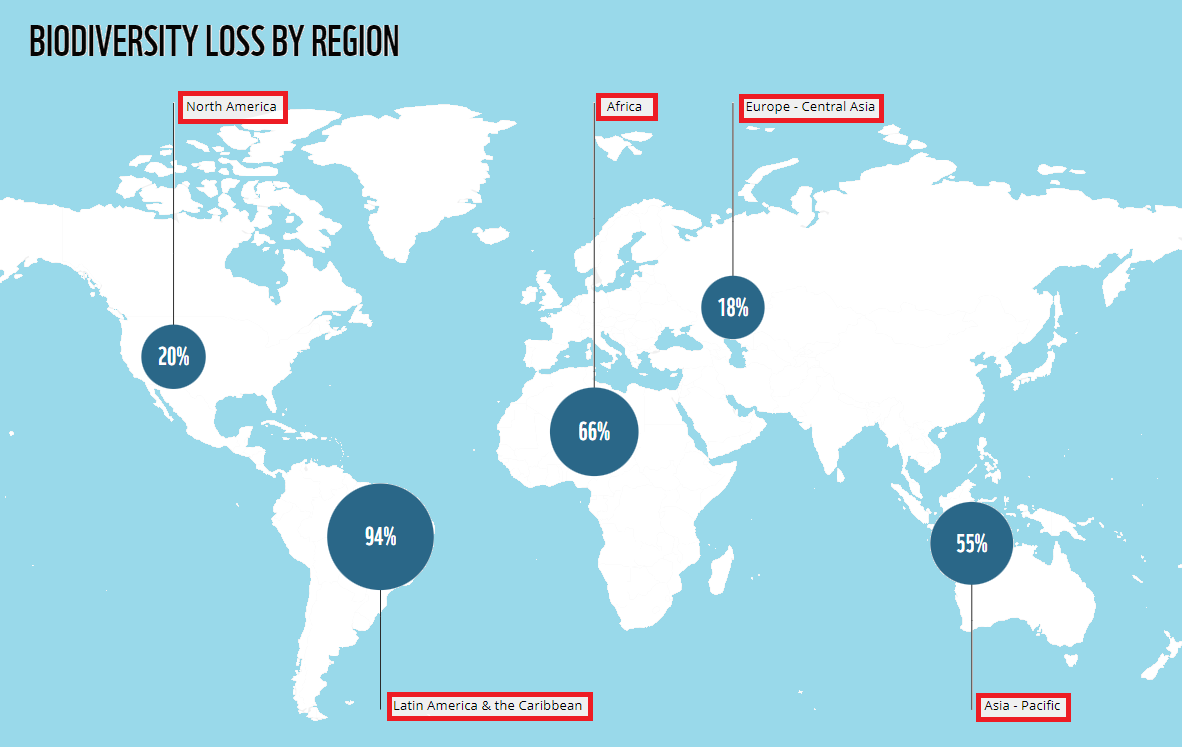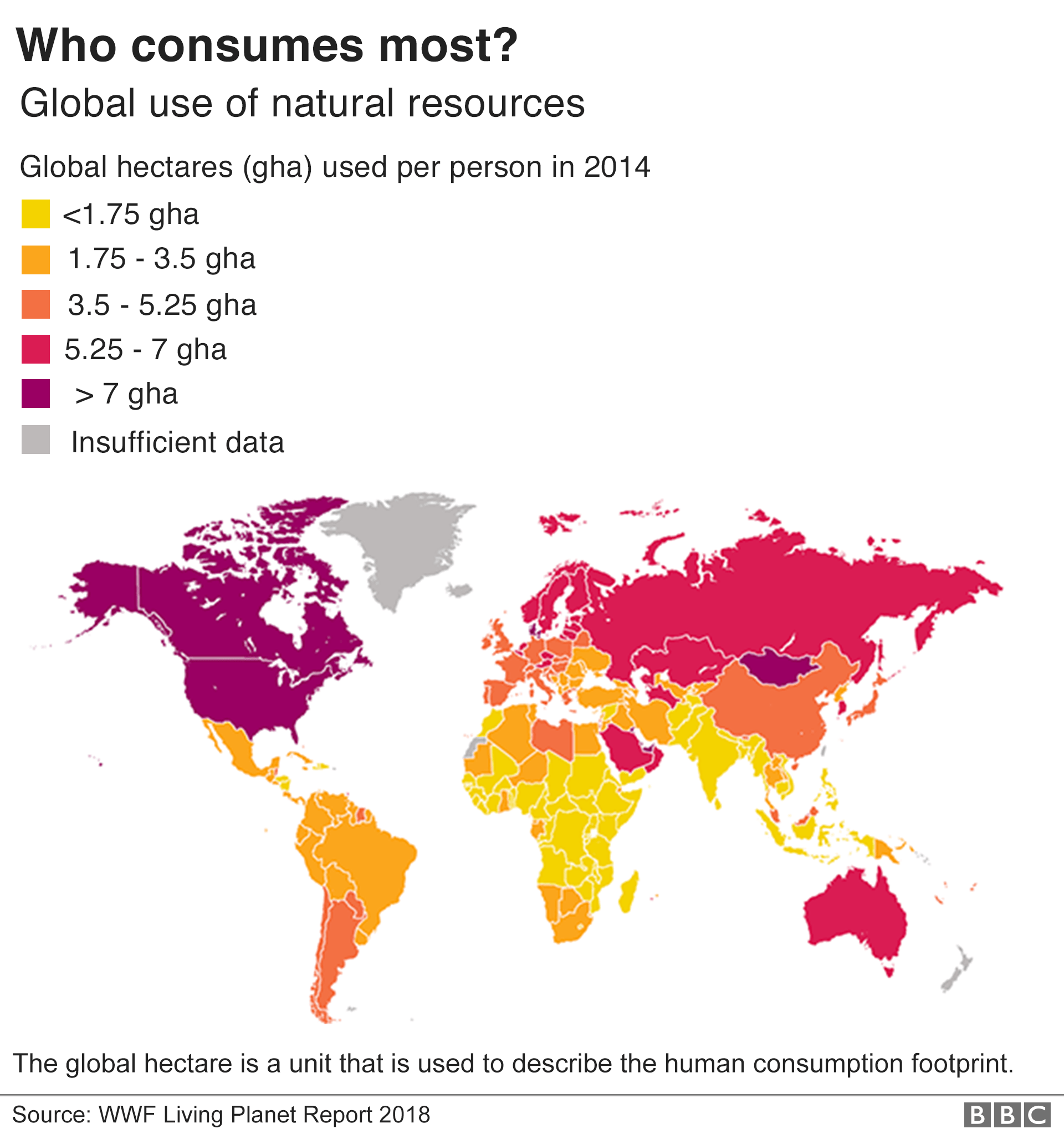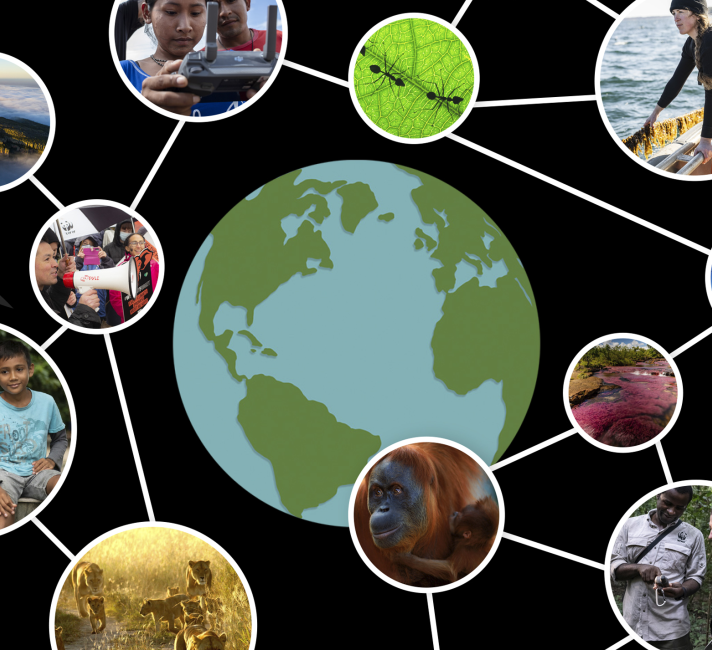
WWF - WWF's Living Planet Report reveals a devastating 69% drop in wildlife populations on average in less than a lifetime

The Habitat Foundation - The main drivers of biodiversity decline are loss of natural habitat due to the intensification of agriculture, the expansion of transport infrastructure and urbanisation, and the exploitation of

WWF's Living Planet Report Reveals Average Two-thirds Decline in Wildlife Populations Since 1970 | WWF

FABLE contributes to WWF 2020 Living Planet Report - Food, Agriculture, Biodiversity, Land-Use, and Energy (FABLE) Consortium
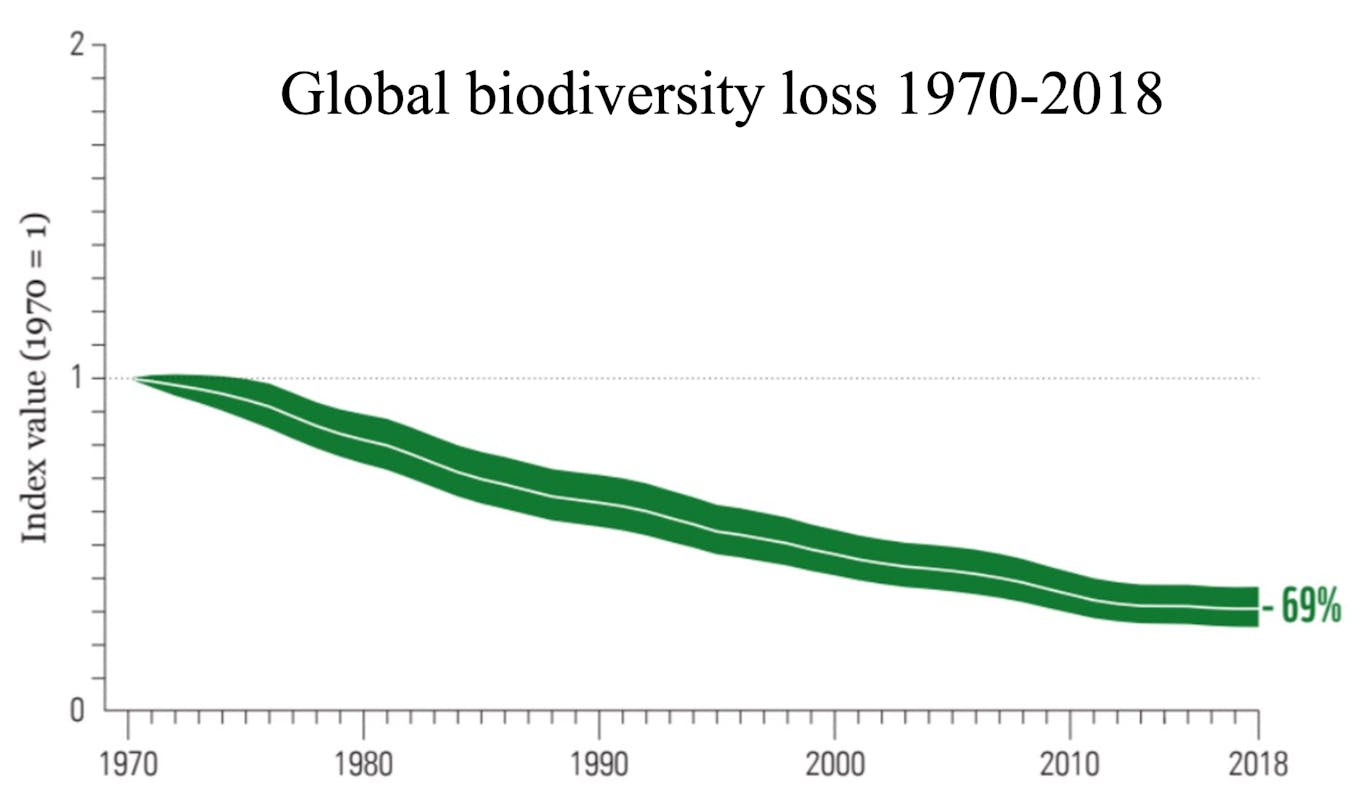
Corals, sharks and freshwater species in peril: Living Planet report reveals 69% of biodiversity lost in half century | News | Eco-Business | Asia Pacific

WWF - WWF's Living Planet Report reveals a devastating 69% drop in wildlife populations on average in less than a lifetime

